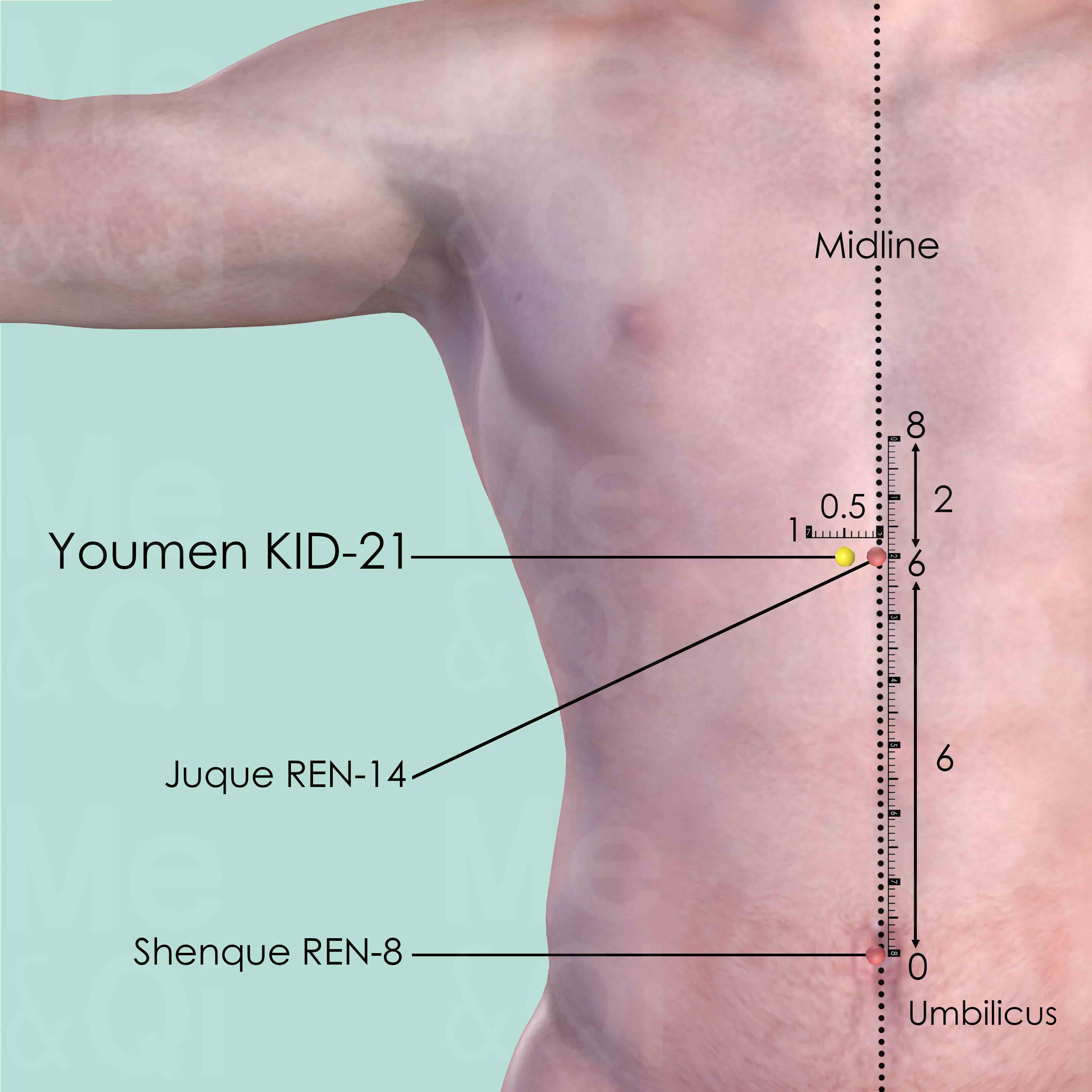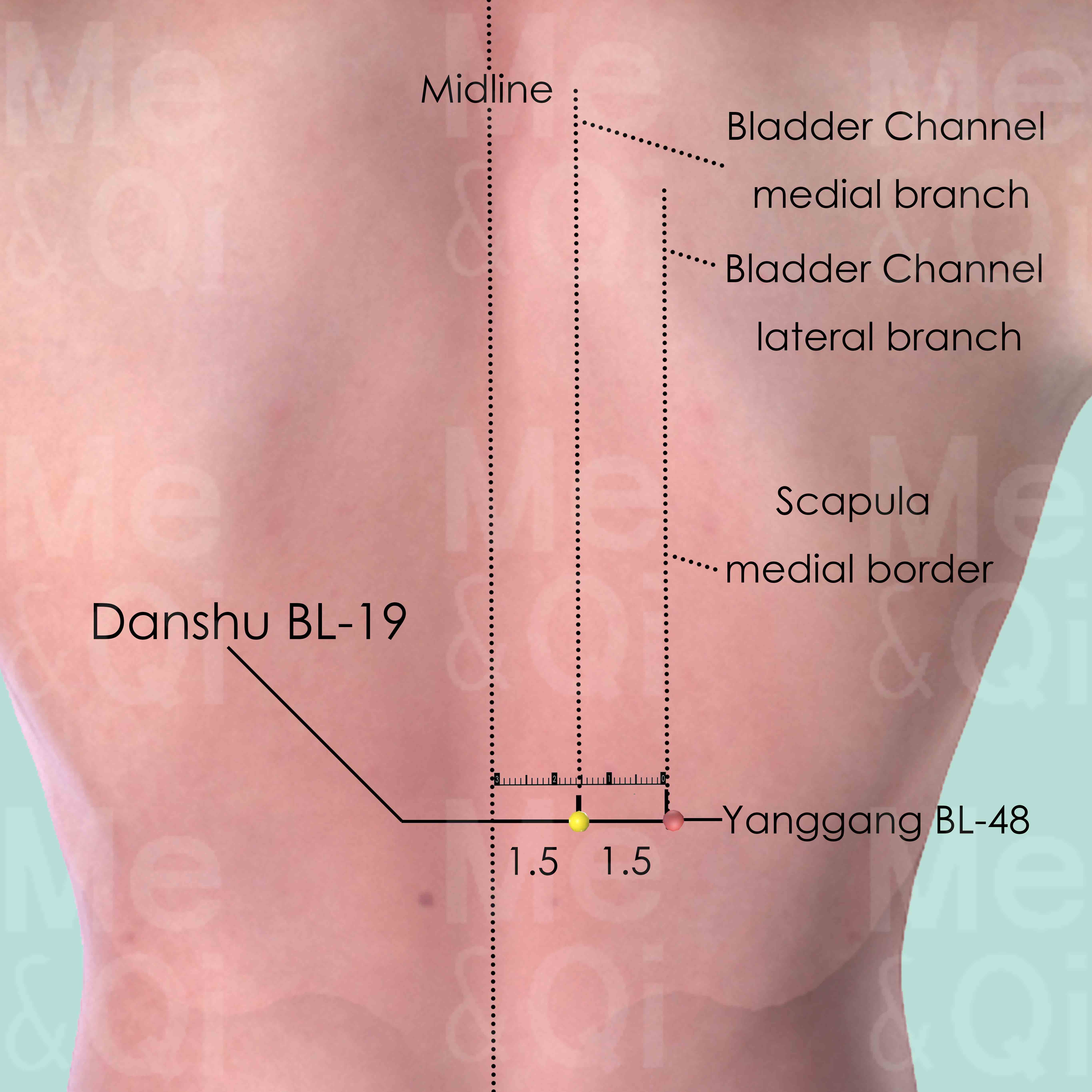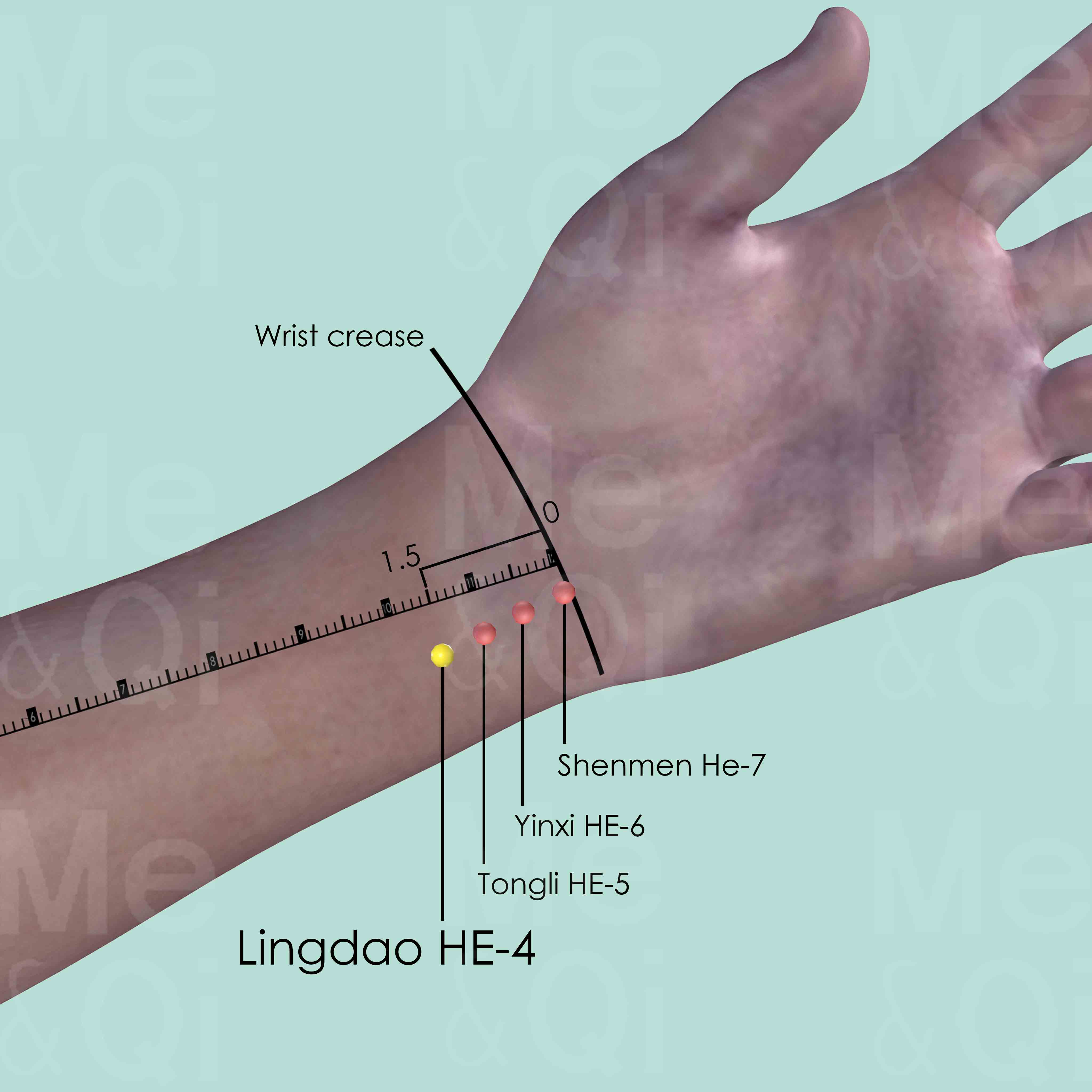Dry Heavingaccording to TCM
Symptom family: Nausea and Vomiting
Root Causes of Dry Heaving in TCM
Explore below more details about what might cause Dry heaving according to TCM.
- By Syndrome
- By Organ
- Phlegm
- Yin Deficiency
- Heat
- Stomach
Phlegm
In TCM "Phlegm" as a pattern of disharmony is a complex concept that extends beyond the physical manifestation of mucus. It represents a pathological factor that can disrupt the flow of Qi (vital energy) and blood, leading to various health issues. Phlegm in TCM is seen as a sticky, turbid substance arising from the body's inability to metabolize fluids properly, often due to a dysfunction of the spleen. It's not only associated with respiratory problems like cough and congestion but also with systemic issues. Symptoms can include a feeling of heaviness, mental cloudiness, dizziness, and in some cases, the formation of lumps or masses. Phlegm can even be "invisible," contributing to emotional disturbances like depression or stress. ... see more
Phlegm Patterns That Can Lead to Dry Heaving
Common Symptoms: Upper Abdominal Focal Distention Abdominal Fullness Borborygmi With Diarrhea Lack Of Appetite Peptic Ulcer Gastroesophageal Reflux Disease Gastritis Chronic Cholecystitis
| Pattern Name | Relevant Symptoms | Relevant Formulas |
|---|---|---|
| Phlegm-Heat in the Middle Burner | Dry heaves or vomiting, Upper abdominal focal distention, Abdominal fullness, Dry heaving, Borborygmi with diarrhea, Lack of appetite, Peptic ulcer, Gastroesophageal reflux disease, Gastritis, Chronic cholecystitis, Colitis... see more | Ban Xia Xie Xin Tang |
| Phlegm-Fluids in the chest and hypochondrium | Dry heaves, Cough with chest pain, Upper abdominal focal distention, Dry heaving, Shortness of breath, Headaches, Vertigo, Pericardial effusion, Pneumonia, Ascites due to liver cirrhosis, Nephritis... see more | Shi Zao Tang |
Yin Deficiency
Yin deficiency in TCM is a pattern of disharmony characterized by a depletion of the body's Yin energy, which represents the cooling, moistening, and nurturing aspects of our physiology. This condition often arises from factors like chronic stress, overwork, insufficient rest, or prolonged illness. Symptoms of Yin deficiency can include a sensation of heat, especially in the afternoon or evening, night sweats, insomnia, a dry mouth or throat, and a red tongue with little coating. There might also be a general feeling of restlessness or irritability. Since Yin is essential for balancing the body's active and warm Yang energy, its deficiency leads to a relative excess of Yang, manifesting as heat or dryness symptoms.... see more
Yin Deficiency Patterns That Can Lead to Dry Heaving
| Pattern Name | Relevant Symptoms | Relevant Formulas |
|---|---|---|
| Stomach Yin Deficiency | Retching, Lack of appetite, Preference for sipping, Slight abdominal distension after eating... see more | Yi Wei Tang |
Heat
In TCM "Heat" signifies an excess of Yang energy, leading to an imbalance where heat predominates over the body's cool Yin aspects. This condition is metaphorically akin to an internal over-heating. Symptoms indicative of Heat can include feelings of warmth, fever, sweating, irritability, red face, thirst with a preference for cold drinks, and a rapid pulse. The tongue may appear red with a yellow coating. Unlike the common interpretation of heat in terms of temperature, in TCM, it represents a state of hyperactivity or inflammation in the body.... see more
Heat Patterns That Can Lead to Dry Heaving
| Pattern Name | Relevant Symptoms | Relevant Formulas |
|---|---|---|
| Phlegm-Heat in the Middle Burner | Dry heaves or vomiting, Upper abdominal focal distention, Abdominal fullness, Dry heaving, Borborygmi with diarrhea, Lack of appetite, Peptic ulcer, Gastroesophageal reflux disease, Gastritis, Chronic cholecystitis, Colitis... see more | Ban Xia Xie Xin Tang |
Stomach
In TCM the Stomach is regarded as the "sea of nourishment," pivotal for digesting food and transforming it into Qi and blood. It works closely with the Spleen to distribute these essential nutrients throughout the body. When the Stomach is out of balance or malfunctions in TCM, it often leads to digestive problems such as bloating, nausea, vomiting, poor appetite, or a feeling of fullness. There may also be issues like acid reflux or a sour taste in the mouth. Emotionally, an imbalanced Stomach can contribute to excessive worry and overthinking, reflecting the TCM belief that physical and emotional well-being are deeply interconnected.... see more
Stomach Patterns That Can Lead to Dry Heaving
Common Symptoms: Lack Of Appetite Peptic Ulcer Preference For Sipping Slight Abdominal Distension After Eating Upper Abdominal Pain Dry Mouth Afternoon Heat Sensation Dry Throat
| Pattern Name | Relevant Symptoms | Relevant Formulas |
|---|---|---|
| Stomach Yin Deficiency | Retching, Lack of appetite, Preference for sipping, Slight abdominal distension after eating... see more | Yi Wei Tang |
| Phlegm-Heat in the Middle Burner | Dry heaves or vomiting, Upper abdominal focal distention, Abdominal fullness, Dry heaving, Borborygmi with diarrhea, Lack of appetite, Peptic ulcer, Gastroesophageal reflux disease, Gastritis, Chronic cholecystitis, Colitis... see more | Ban Xia Xie Xin Tang |
TCM Herbal Formulas for Dry Heaving
Explore below some TCM herbal formulas used to address dry heaving, organized by cause and by formula type.
- By Cause
- By Formula Type
- Phlegm
- Yin Deficiency
- Heat
- Formulas that nourish yin and tonify
- Formulas that harmonize stomach-Intestines
- Formulas that drive out excess water
Top Formula for Phlegm:
Ban Xia Xie Xin Tang
Suitable for Phlegm patterns that may cause dry heaving, such as Phlegm-Heat in the Middle Burner
Learn moreAll Formulas Recommended for Dry Heaving Caused by Phlegm
| Formula | Patterns Suitable For |
|---|---|
| Ban Xia Xie Xin Tang | Phlegm-Heat in the Middle Burner |
| Shi Zao Tang | Phlegm-Fluids in the chest and hypochondrium |
Top Formula for Yin Deficiency:
Yi Wei Tang
Suitable for Yin Deficiency patterns that may cause dry heaving, such as Stomach Yin Deficiency
Learn moreTop Formula for Heat:
Ban Xia Xie Xin Tang
Suitable for Heat patterns that may cause dry heaving, such as Phlegm-Heat in the Middle Burner
Learn moreFormulas that nourish Yin and tonify
These formulas are suitable for some dry heaving-causing patterns like Stomach Yin Deficiency.
One such formula is Yi Wei Tang, with unprepared rehmannia as a key herb.
Formulas that harmonize Stomach-Intestines
These formulas are suitable for some dry heaving-causing patterns like Phlegm-Heat in the Middle Burner.
One such formula is Ban Xia Xie Xin Tang, with goldthread rhizome as a key herb.
Formulas that drive out excess water
These formulas are suitable for some dry heaving-causing patterns like Phlegm-Fluids in the chest and hypochondrium.
One such formula is Shi Zao Tang, with kansui root as a key herb.
Acupoints for Dry Heaving
Explore below some acupoints used to address dry heaving, organized by meridian.
- By Meridian
- Kidney Channel
- Bladder Channel
- Heart Channel

Youmen KID-21
6 cun above the umbilicus and 2 cun below the sternocostal angle, 0.5 cun lateral to the anterior midline.

Danshu BL-19
1.5 cun lateral to the lower border of the spinous process of the 10th thoracic vertebra (T10).

Lingdao HE-4
On the radial side of the tendon of flexor carpi ulnaris, 1.5 cun above the transverse crease of the wrist when the palm faces upward.

